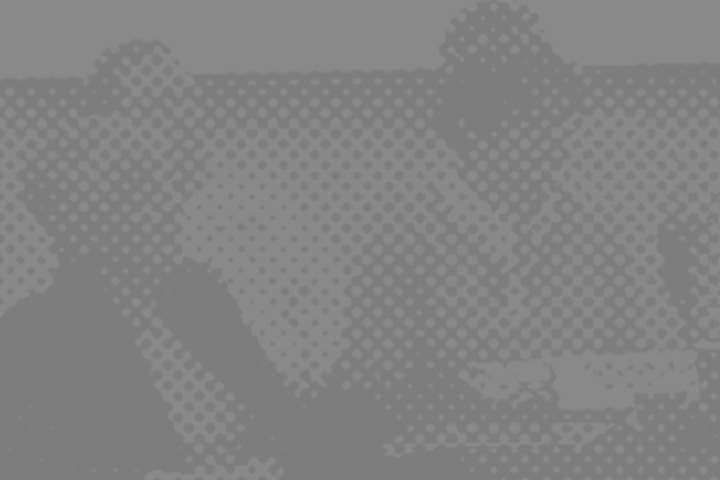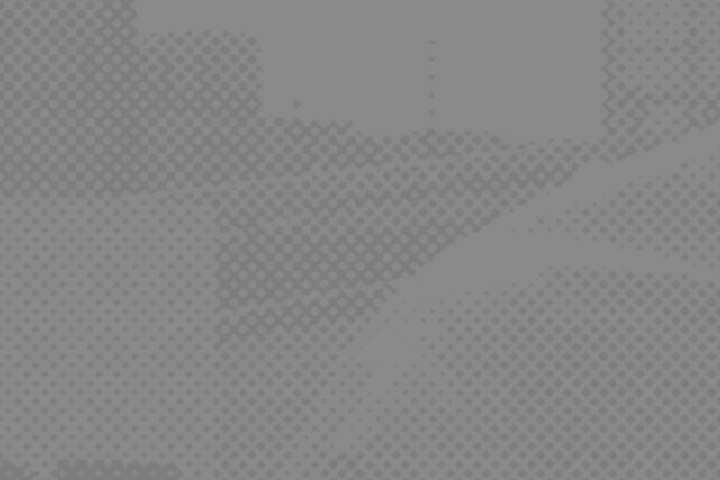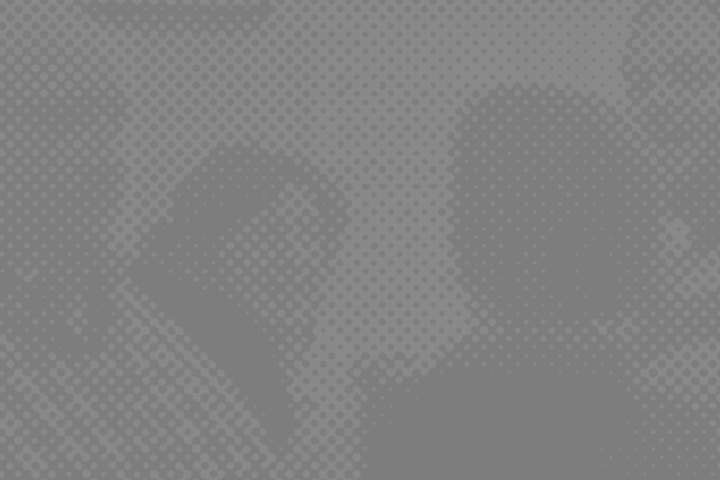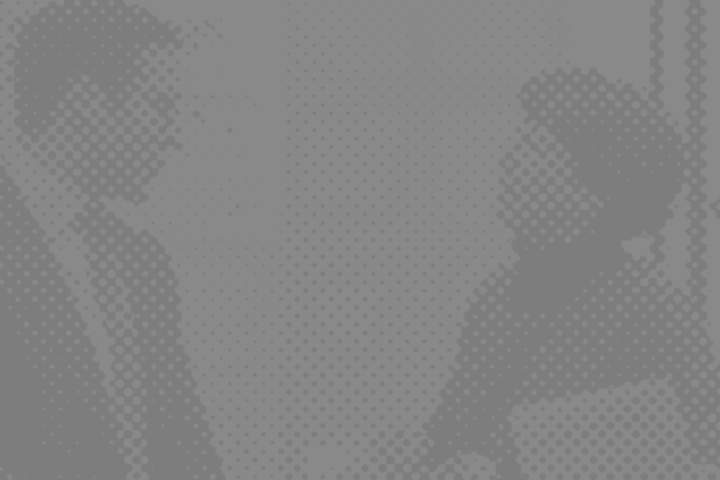Be Informed
Effective action requires good information. One place to start is Buffalo Commons, which collects research about Buffalo-Niagara, including our Buffalo Briefs, which offer data snapshots on a variety of topics. We also offer a directory of WNY-focused researchers, an easy-to-use guide to local experts.
Here are quick links to some especially popular resources.
- The New York State Committee on Open Government has resources on how to get information from government offices.
- Fact sheets on freedom of information and open meeting laws.
- League of Women Voters for a directory of contact information for local elected officials
- The Sunlight Foundation for data about government contracts, employees, and activities.
- The State Comptroller's Open Book and Public Authorities sites.
- The Public Accountability Initiative, a PPG partner, maintains Little Sis, a free data base of who-knows-whom at the heights of business and government.
- PPG's fact sheets on government entities offer short profiles of a wide range of public bodies.
- PPG You Tube features interviews with local partners and organizations on relevant topics related to our issue areas.
- The UB Regional Institute is a research enterprise that develops plans, facilitates project implementation, drafts public visions and gets citizens involved.
- Open Data Buffalo features a variety of Buffalo-Niagara and NYS datasets including interactive maps, excel sheets, and shapefiles. They have tutorials to help navigate the portal.
- Create a quick map by neighborhood or census tract using any Census variable via Social Explorer.
- The NYS GIS Clearninghouse has spatial and mapping data that can be uploaded into Geographic Information Systems programs.
- We often use the American Fact Finder portion of the U.S. Census, which has data on the U.S. population that can be analyzed by state, county, zipcode, and census tract. You can find information over time about occupations, race/ethnicity/tribe, age, income, etc.
- Brookings has a Metro Monitor where you can create graphs and maps about the Buffalo-Cheektowaga-Niagara Falls metro area.
- The E.H. Bulter Library at SUNY Buffalo State includes the Monroe Fordham Regional Historical Center, which has local archival resources and historically significant documents of persons and institutions that contributed to western New York history.
- The goal of the UB Center for Urban Studies research is to produce a knowledge base to guide the building of just and democratic metros that enable residents to realize their full human potential and acquire the larger freedoms.
- The New York Fed offers WNY-spotlights in much of their research, see Jaison Abel and Richard Dietz.
- The Buffalo & Erie County Library has special Digital Collections with local historical archives.
- The Buffalo History Museum is a great resource to visit and find local historical information and resources; they also host a variety of resources about WNY in their Online Collection.
- The Greater Buffalo Niagara Regional Transportation Council has maps and reports on regional transportation including land use, air quality, energy, economic development, and commerce.
- Public Art in Buffalo showcases murals, sculptures, and other art in WNY.
- BuffaloResearch.com hosts a surprising amount of information ranging from photos and books about Buffalo to house and building information, histories of local businesses, online maps, and family records.
- Climate Change by county, by Climate Smart Farming
If you are looking for data or information about a specific project and would like some assistance, reach out to Kricky at buffalocommons@cornell.edu or complete a Research Request Form.














